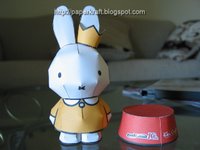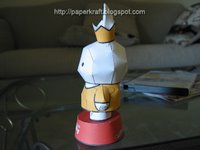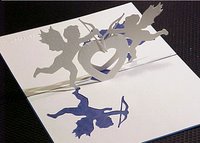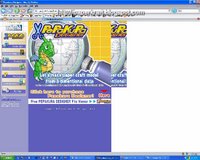I've just read an ebook called SMARTKIT from the folks at
Ourb.com. They sent me a complimentary copy, and then we had a few emails back and forth, I asked some questions and got answers. They've just recently launched the book.
I have to say it was a very very good and interesting ebook, with very beneficial information.
It contains scientifically proven strategies or things that affect one's memory, concentration, learning, thinking capacity, etc. The author is a neurologist who has studied scientific papers and 'distilled' the information from them into an ebook form - and it was very well done, too, easy reading, well summarized.
Some of the things in the book I already knew about, such as the importance of omega-3 fats, or use of essential oils to help concentration, or about certain eating habits.
Some things in the book were common sense like the chapter about sleep deprivation or stress.
But then there were many more that I wasn't aware of and that are definitely very practical to put to use!
For example, all of us who teach should be aware of when is the best timing to review the material based on the "Forgetting Curve", or about dividing the studying into smaller blocks, or about the 'variable principle' in studying/learning.
And how does exercise affect your brain power... I am definitely much more inspired to get back into the habit of aerobic exercise now!
And yes, our brain can grow new brain cells.
The book also many times refers to some habits of college students' that basically sabotage their learning. So if you have a blog with students as an audience, I'm sure they'd be interested as well.
The list of things you'll find inside the ebook (
on their home page) is definitely true.





















































